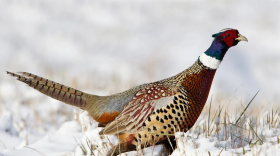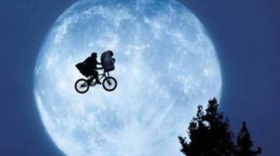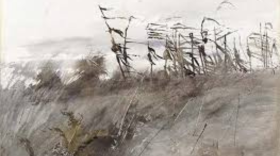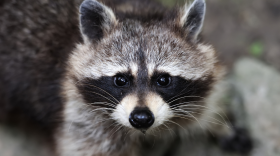
Outdoors with Coggin Heeringa
Every Wednesday on Classical IPR, Coggin Heeringa takes us into the great outdoors. She is the program director and naturalist at Crossroads at Big Creek Learning Center/Nature Preserve in Sturgeon Bay, Wisconsin. And she's taught environmental studies at the Interlochen Arts Camp since 1971.
Latest Episodes
-
Coggin wonders: What if "five golden rings" refers to roasted ring-necked pheasants?
-
The morning star is striking... but it's not a star. It's the planet Venus.
-
What does a sudden freeze mean for our stately pines?
-
A look at Thanksgiving, Aaron Copland operas and the cosmic search for life.
-
Coggin wonders: Could a moonlit stroll through the Interlochen pines have inspired a famous melody?
-
November marks final winter preparations. Not endings, but quiet promises that life will continue in the spring.
-
The tilt of the Earth makes day and night vary. It is also what makes life, art and civilization possible.
-
Outdoors in late October, nature provides its own eerie music.
-
Wearing masks isn’t just for Halloween or the theatre stage. Nature has been doing it far longer.
-
Geese are sensing the urge to migrate. The seasons are changing and they can feel it in their bones.










